| |
|
|
|
Archaeology of College Hill, an ongoing fall term course and fieldschool for Brown undergraduates, has worked at multiple sites in the area immediately surrounding the Brown main campus. Begun in the fall of 2006 at the First Baptist Church in America, the field school moved in fall 2008 to the John Brown House Museum, and to the "Quiet Green" of Brown University in 2012. In Fall 2015, excavations began at Moses Brown School, on the East Side of Providence.
|
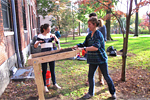
|
|
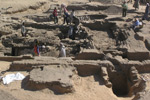
|
BUAP was founded in 2008 to investigate parts of the North Cemetery of Abydos, seat of the earliest rulers of Egypt and the cemetery for kings of the First Dynasty. Brown's current excavations concentrate on both the very early and the very late history of Abydos, dealing with First Dynasty royal mortuary temples and monumental Ptolemaic graves and animal hypogea.
|
|
BULP's main objectives are to excavate and document a monumental fountain in the mountain sanctuary of Labraunda in Western Turkey, arguably the most important religious site in ancient Caria. Brown University undergraduate and graduate students conduct archaeological fieldwork alongside specialists from Turkish, Swedish, and French universities in a vibrant interdisciplinary environment.
|
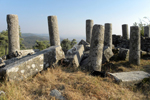
|
|
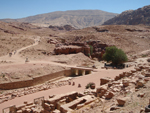
|
BUPAP is designed to develop our understanding of the diachronic history of Petra in southern Jordan and its surrounding landscapes. The current project includes an intensive survey in Petra's hinterland to the north, geophysical exploration, limited excavation and mapping in the city center and in the survey region, and documentation of the various routes that led in and out of the city.
|
|
Koutroulou Magoula is a multi-period archaeological site in central Greece with the main period of occupation around 6000 BCE (Middle Neolithic period). There are also burials dating to the Bronze Age (1500 BCE), and the Medieval period (c. 1200 CE). It is a finds-rich site, with buildings surviving to more than 1 m. in height, pottery, lithics, animal bones, and an impressive corpus of more than 350 clay figurines.
|
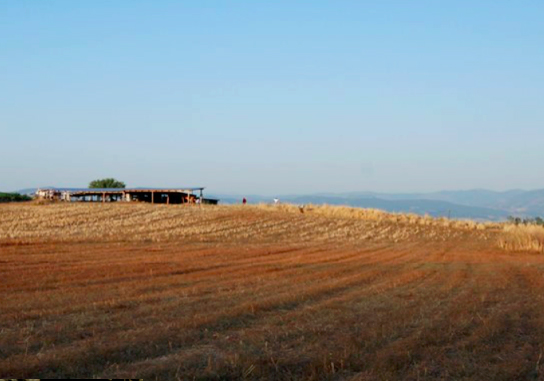
|
|
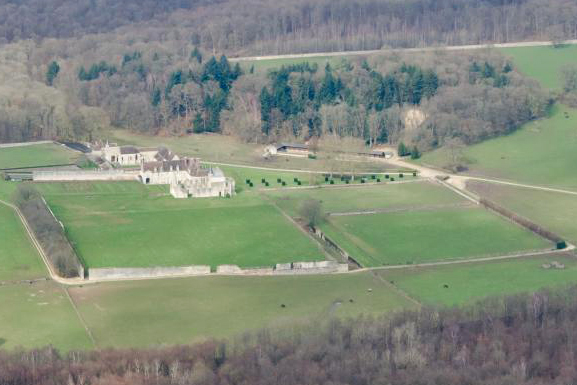
|
MonArch brings together a multi-disciplinary team to focus on the larger role of monasteries in medieval and early modern France. Work has been conducted, since 1982, at three sites: Saint-Jean-des-Vignes, Bourgfontaine and Notre Dame d’Ourscamp. Excavations continue at the medieval charterhouse of Bourgfontaine in northern France, focusing on the 14th c. Great Cloister and the excavation of a monastic cell.
|
Notion Archaeological Survey, Turkey
Christopher Ratté, director, and Felipe Rojas, assistant director
Notion in Ionia is a well-preserved and almost completely unexcavated ancient city, which was occupied from the early first millennium B.C. until the Middle Ages. A program of systematic archaeological investigation of the site begun in 2014 will lay the groundwork for the conservation and management of the site. This project is a joint endeavor of the University of Michigan and Brown University.
|
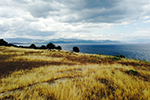
|
|
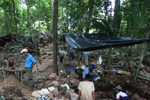
|
The Proyecto Paisaje Piedras Negras-Yaxchilan is exploring the ancient cultural and natural landscapes of the of the Classic Maya kingdoms (AD 250-900) of Piedras Negras and Yaxchilan. Current fieldwork aims to deepen our knowledge of Maya political history through the comparative study of competing polities in the western Maya lowlands, focusing especially on warfare, economy, and environmental history.
|
|
First built in the Bronze Age, nuraghi, the famous stone towers of Sardinia, are usually regarded as prehistoric monuments. They continued to be inhabited throughout later millennia as well, however, and it is these later phases of the Archaic to Roman periods that are under investigation at the monumental site of S'Urachi on the central west coast of Sardinia (Italy).
|
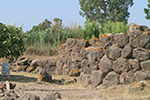
|
|
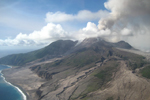
|
SLAM aims to create a thorough inventory of known and unknown archaeological sites in the northern non-exclusion zone of Montserrat in the West Indies, home to numerous significant prehistoric and historic archaeological remains now under severe threat from volcanic activity and resulting population relocation.
|
|
Uronarti, an island in the Nile in Lower Nubia (modern Sudan), was the site of a major fortress constructed by the kings of the Egyptian Twelfth Dynasty. URAP is working both to document the fortress and to better comprehend its setting in a complex physical and cultural landscape in order to illuminate the relationships between Egypt and Nubia at this critical period.
|

|











